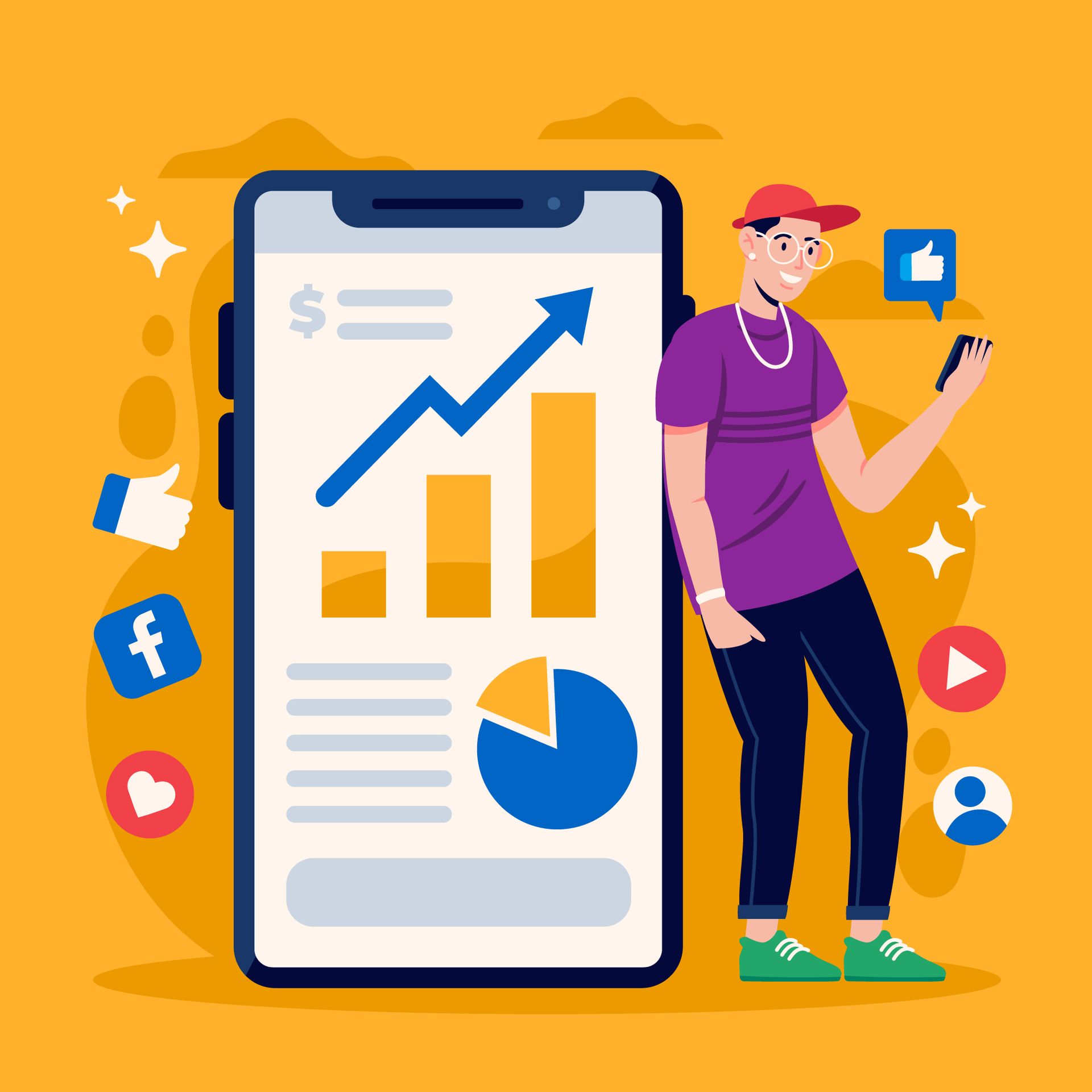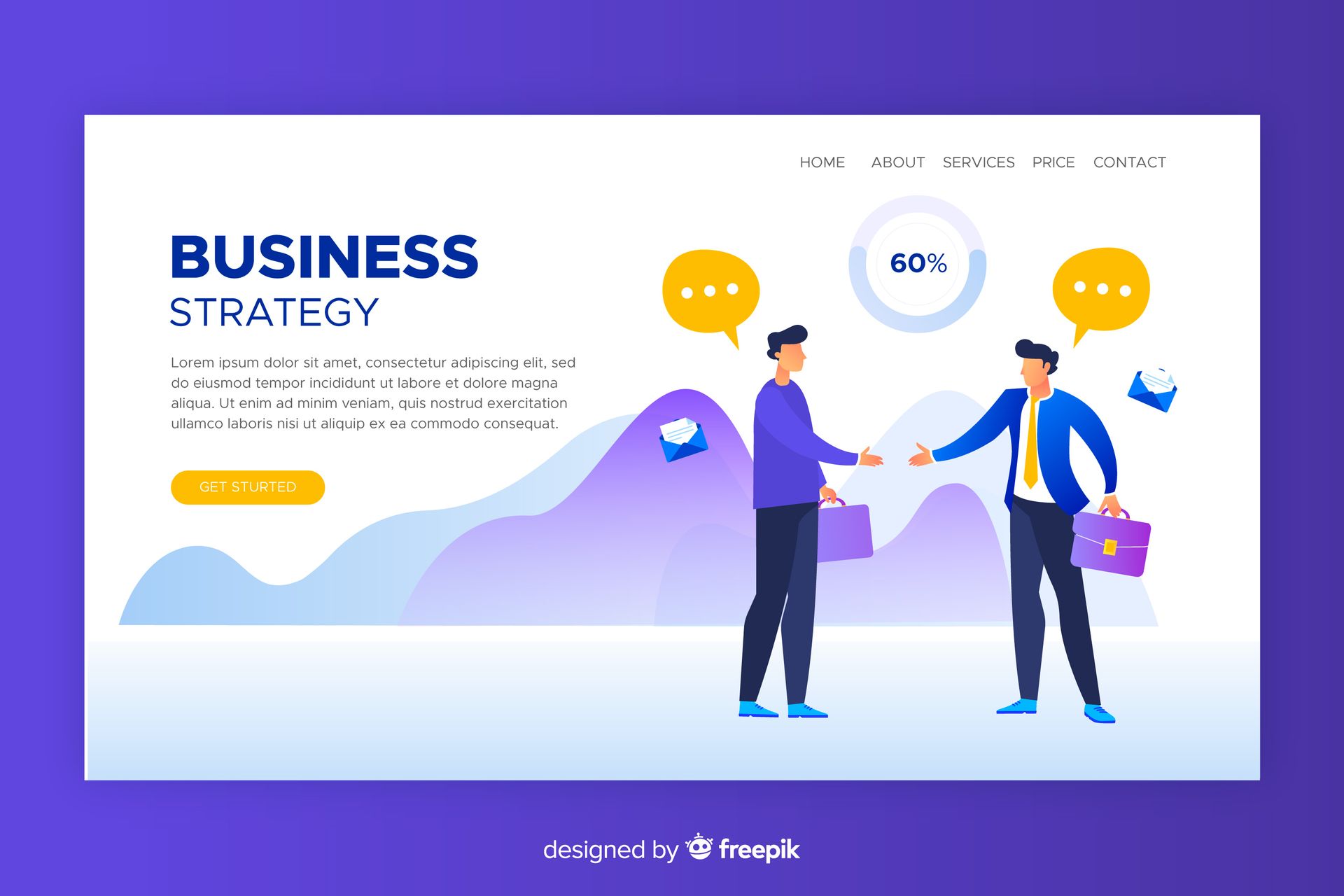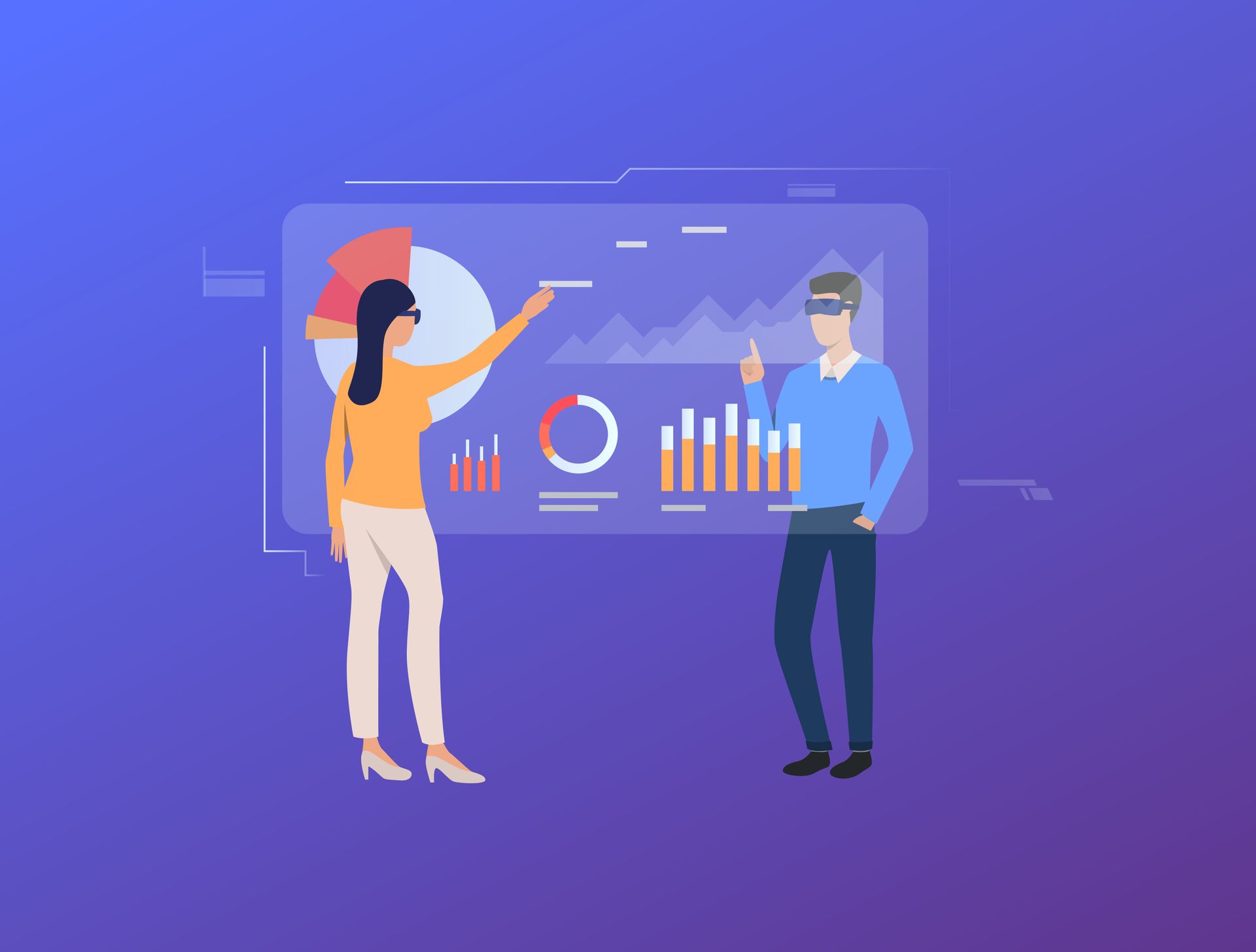Maximizing ROI with Data-Driven Marketing Strategies
Businesses today are constantly searching for ways to make their marketing efforts more effective and efficient. This is where data-driven marketing becomes invaluable. By relying on analytics and customer insights, businesses can target their audience with precision, craft personalized campaigns, and, most importantly, boost their ROI (return on investment).
If you're not leveraging data in your digital marketing strategies, you may be missing out on opportunities to cut costs, increase engagement, and see measurable results. Let's explore how data-driven marketing can transform your approach and maximize your ROI.
Why Data-Driven Marketing is Essential
Data-driven marketing taps into real numbers and information—like audience behavior, preferences, and performance metrics—to shape campaigns. It's not about guessing what your audience wants; it’s about knowing.
When you focus on data, marketing decisions become actionable and impactful. For instance:
- You can identify which channels bring in the most leads.
- You'll know what type of content resonates with specific segments of your audience.
- You can optimize campaigns in real-time based on what works and what doesn’t.
Ultimately, this means you’re spending money wisely while consistently improving your outcomes.
Strategies to Maximize ROI with Data-Driven Marketing
1. Leverage Advanced Analytics
Every successful data-driven campaign starts and ends with effective analytics. Tools like Google Analytics, HubSpot, and Adobe Analytics allow businesses to track key performance indicators (KPIs), monitor customer behavior, and break down what's driving sales or engagement.
For example, identifying high-performing landing pages or user drop-off points in a sales funnel helps you refine your digital marketing strategy for better results.
2. Tap Into Customer Insights
Understanding your audience is critical for effective marketing. Use tools like surveys, feedback forms, or CRM systems to gather customer insights.
For instance, track buying patterns and personalize your messaging based on your customers' preferences. If you know a segment of your audience opens emails about discounts but skips emails about industry news, you can shift your approach to better connect with them.
3. Personalize Your Campaigns
Personalization is a game-changer for customer engagement. Craft ads, emails, and content based on specific audience segments or even individual preferences.
Dynamic email marketing campaigns that adjust their content based on user behavior often boast higher open and conversion rates. Similarly, integrating personalization into social media ad targeting can capture the attention of the right audience at the right moment.
4. Adopt Predictive Analytics
Predictive analytics use existing data to forecast future trends and customer actions. This allows you to stay ahead of the curve. For example:
- Predicting which products customers are likely to purchase next.
- Forecasting trends in engagement during specific times of the year.
By integrating tools like machine learning and AI into your analytics workflow, you can make smarter decisions that push your ROI higher.
5. Optimize Ad Spend with Data
Pay-per-click (PPC) advertising can burn through budgets quickly if it isn’t optimized. Using a data-driven approach ensures your ad spend is focused on campaigns and audiences that drive results.
Platforms like Google Ads and Facebook Ads Manager provide rich insights into ad performance. Refine your targeting by analyzing click-through rates (CTR), cost-per-lead (CPL), or conversions—and stop pouring resources into ads that don’t deliver.
6. A/B Test Everything
A/B testing removes uncertainty from marketing decisions. Whether it’s subject lines for an email campaign, images for ads, or messaging on landing pages, testing variations ensures you’re optimizing for what works best.
For maximum ROI, implement a culture of constant testing and improvement within your digital marketing strategies.
7. Combine Data with Automation
Marketing automation tools like Marketo, ActiveCampaign, or Mailchimp allow businesses to act on data efficiently. Automation streamlines repetitive tasks like sending follow-up emails or scheduling social media posts. But what really sets automation apart is the ability to deliver personalized, data-backed content at scale.
When combined, data and automation ensure every dollar you spend is targeted toward what produces results.
Actionable Insights to Boost ROI
Here’s how to apply these strategies immediately:
- Audit Your Current Analytics – Review what you’re tracking and ensure you’re collecting relevant, actionable data.
- Use Segmenting Tools – Break your audience down into groups based on behavior, demographics, or past interactions.
- Test Before Scaling – Experiment with smaller campaigns before rolling them out to larger audiences to minimize wasted spend.
- Focus on Retention – Building long-term relationships with loyal customers often yields a stronger ROI than acquiring new ones.
Final Thoughts
Mastering data-driven marketing means making smarter decisions, spending wisely, and crafting campaigns that hit the mark every time. By focusing on customer insights, leveraging analytics, and continuously optimizing your efforts, your business can achieve unparalleled results.
2025 and beyond are set to be the years of smarter marketing.
Are you ready to join the data revolution and experience the difference it makes in your ROI? Contact us today to build customized digital marketing strategies that drive measurable success!










